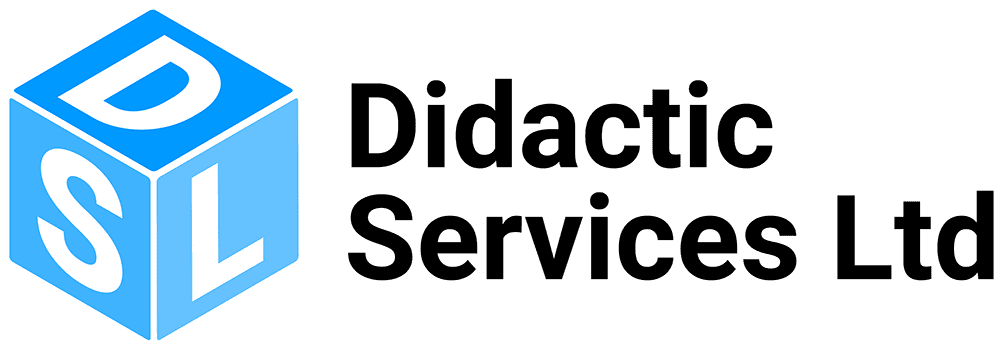If you are applying for this programme, you can do so directly by using the following link.
Hydraulic systems are a vital component of modern industry, enabling the precise control of force and motion in a wide range of applications. From manufacturing and construction to transportation and Basic Hydraulics n, hydraulics plays a key role in ensuring efficiency, reliability, and safety. For technicians and engineers with Level 3/4 qualifications or equivalent industry experience, a solid understanding of hydraulic principles is essential for maintaining and optimising these systems.
The programme is suitable for technician/operation staff with level 3/4 qualifications (or equivalent industry experience) and apprentices who need retraining as Basic Hydraulics n systems technicians. Programme learning outcomes are:
- Become familiar with the setup and function of a hydraulic pump.
- Become familiar with the most important characteristics of a hydraulic pump.
- Be able to explain how pressure occurs in hydraulic controllers.
- Become familiar with the relationship between pump delivery rate and operating pressure.
- Become familiar with the various types and possible uses of pressure-relief valves.
- Become familiar with the setup and function of a pressure-relief valve.
- Become familiar with the setup and function of a single-acting cylinder.
- Become familiar with the setup and function of a double-acting cylinder.
- Become familiar with the setup and function of a 2/2-way valve.
- Become familiar with the setup and function of a 3/2-way valve.
- Become familiar with the setup and function of a 4/2-way valve.
- Become familiar with the setup and function of 4/3-way valves.
- Be able to evaluate the influences of the various mid-position variants of 4/3-way valves.
- Become familiar with the setup and function of a non-return valve.
- Become familiar with the setup and function of a one-way flow control valve.
- Become familiar with the setup and function of a piloted non-return valve.
- Become familiar with the setup and function of a flow control valve.
- Be able to safely commission hydraulic controllers.
- Be able to control a single-acting cylinder.
- Be able to explain the differences between supply and exhaust flow control.
- Be able to compare circuits with flow control valves in the inlet and the outlet.
- Be able to use a flow control valve to adjust the speed of a drive.
- Be able to name various applications for flow control valves.
- Be able to explain the difference between flow control valves and one-way flow control valves used in the application.
- Become familiar with the setup and mode of operation of a bypass circuit.
- Be able to explain the influence of the piston’s surface area on pressure, force and travel time.
- Be able to make proper use of piloted non-return valves.
- Be able to safely commission hydraulic controllers.
- Be able to control a single-acting cylinder.
- Be able to explain the differences between supply and exhaust flow control.
- Be able to compare circuits with flow control valves in the inlet and the outlet.
- Be able to use a flow control valve to adjust the speed of a drive.
- Be able to name various applications for flow control valves.
- Be able to explain the difference between flow control valves and one-way flow control valves used in the application.
- Become familiar with the setup and mode of operation of a bypass circuit.
- Be able to explain the influence of the piston’s surface area on pressure, force and travel time.
- Be able to make proper use of piloted non-return valves.
- Be able to safely commission hydraulic controllers.
- Be able to control a single-acting cylinder.
- Be able to explain the differences between supply and exhaust flow control.
- Be able to compare circuits with flow control valves in the inlet and the outlet.
- Be able to use a flow control valve to adjust the speed of a drive.
- Be able to name various applications for flow control valves.
- Be able to explain the difference between flow control valves and one-way flow control valves used in the application.
- Become familiar with the setup and mode of operation of a bypass circuit.
- Be able to explain the influence of the piston’s surface area on pressure, force and travel time.
- Be able to make proper use of piloted non-return valves.
The Basic Hydraulics CPD programme has a predominantly practical focus for many of the learning outcomes with an integrated learning approach of lectures and a workshop-based tutorial to develop attendees’ understanding of theoretical concepts with a hands-on learning experience.
Attendees will have access to the University Campus Doncaster (UCDon) purpose-built Engineering laboratories to undertake the Basic Hydraulics practical sessions.
The Basic Hydraulics CPD Programme introduces participants to the core principles of hydraulic systems, providing both theoretical knowledge and hands-on experience. Attendees will work with industry-standard equipment, developing practical skills in setting up and troubleshooting hydraulic circuits. The programme covers key topics such as pressure control, flow regulation, and actuator dynamics, ensuring learners gain a well-rounded understanding of hydraulic operations.
With a strong focus on interactive learning, this programme is designed to enhance problem-solving skills and technical competency. Whether for career development or workplace application, attendees will leave with the confidence to operate and maintain hydraulic systems effectively in real-world industrial settings
Financial Support
UK students may be eligible for support via loans and grants.
Course Fees
UK
£200.00
Additional Costs
This program operates on an expedited schedule, spanning a day, totalling 7 hours of instruction. Over this day, participants will engage in a comprehensive blend of theoretical lectures and hands-on practical workshops. To maximise the learning experience, independent study is essential, both to prepare for the lectures and to be fully prepared for the practical sessions
Apply or Enquire
You can directly apply to this programme.
Want to make an enquiry?

